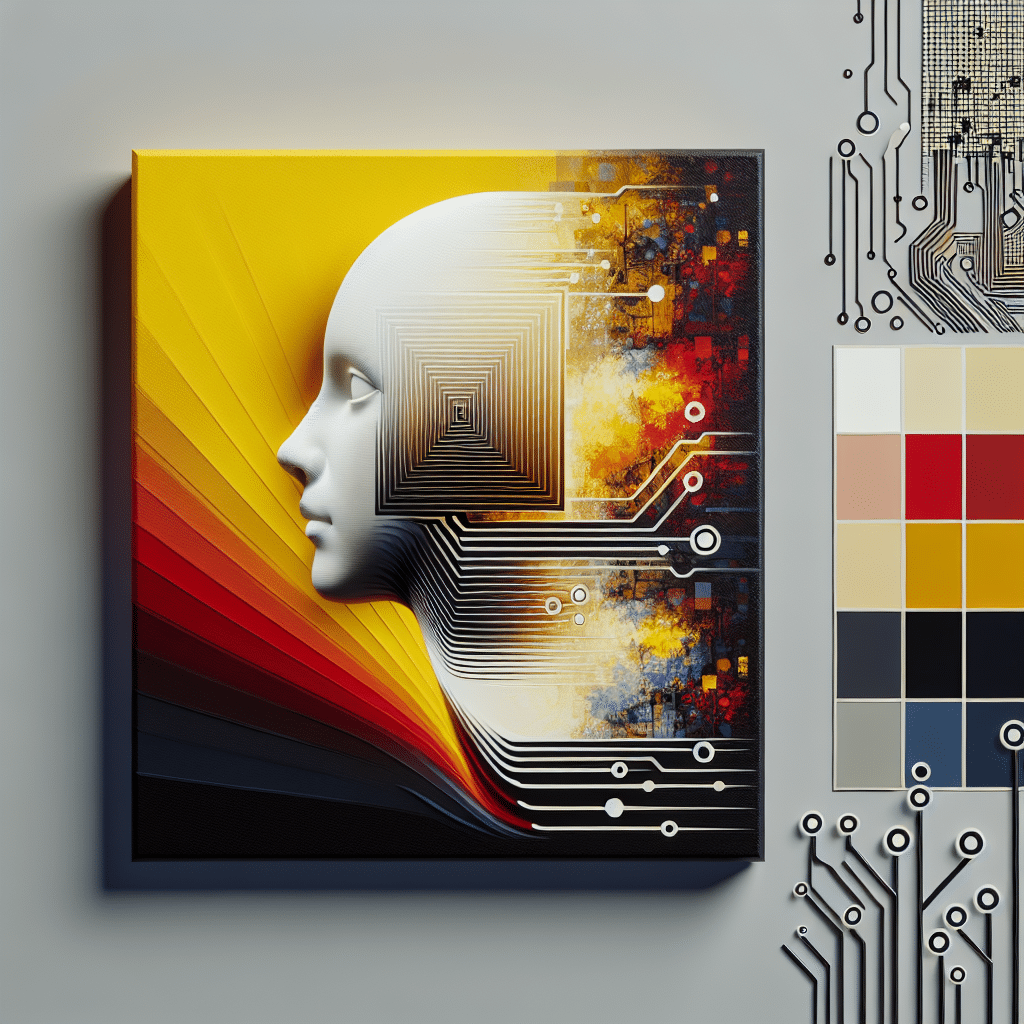The tech company OpenAI is taking steps to address concerns about the potential for artificial intelligence (AI) to be used in disinformation campaigns. With growing fears that AI-generated images, audio, and video could influence upcoming elections, OpenAI is releasing a “Deepfake Detector” tool to assist disinformation researchers. This tool aims to identify deepfakes, which are manipulated media created using AI technology. OpenAI’s commitment to digital transparency has also led to collaborations with other organizations, such as the Content Authenticity Initiative (CAI) and the Coalition for Content Provenance and Authenticity (C2PA).
OpenAI Launches “Deepfake Detector” Tool
OpenAI announced the development of a “Deepfake Detector” tool in a recent blog post. This tool is designed to help researchers and experts identify deepfakes, which are AI-generated media manipulated to deceive or mislead viewers. Deepfakes have raised concerns about the potential for misinformation and disinformation campaigns, particularly in the context of elections. By releasing this tool, OpenAI aims to assist in the detection and analysis of deepfakes, contributing to efforts to combat digital misinformation.
Partnerships and Collaborations
OpenAI’s commitment to digital transparency has led to partnerships and collaborations with other organizations. The company has joined forces with the CAI and the C2PA to address the challenges posed by manipulated media and deepfakes. These collaborations aim to establish standards and protocols for verifying the authenticity and provenance of digital content, ensuring greater transparency and accountability in the digital landscape.
Advancements in AI and the Need for Transparency
The rapid development and advancement of AI technology have raised concerns about the proliferation of deepfakes and the potential for misuse. Deepfakes can be created with increasing sophistication, making it difficult to distinguish between authentic and manipulated media. OpenAI’s efforts to develop a “Deepfake Detector” tool and collaborate with other organizations reflect a broader need for transparency and safeguards against the misuse of AI technology.
Implications for Elections and Society
The release of OpenAI’s “Deepfake Detector” tool is particularly timely as it addresses concerns about the potential influence of AI-generated content on elections. Misinformation and disinformation campaigns have become a growing concern in the digital age, with the potential to undermine democratic processes and manipulate public opinion. OpenAI’s efforts to combat deepfakes and promote transparency in the digital landscape are crucial steps in safeguarding the integrity of elections and protecting society from the harmful effects of manipulated media.
Key Takeaways:
- OpenAI has developed a “Deepfake Detector” tool to assist in identifying and analyzing manipulated media created using artificial intelligence.
- This tool aims to address concerns about the potential for AI-generated content to be used in disinformation campaigns.
- OpenAI is collaborating with the CAI and the C2PA to establish standards and protocols for verifying the authenticity and provenance of digital content.
- The need for transparency and safeguards against the misuse of AI technology is becoming increasingly important as deepfake technology advances.
- The release of OpenAI’s “Deepfake Detector” tool is timely, given concerns about the potential influence of manipulated media on elections and society.




Leave a Reply